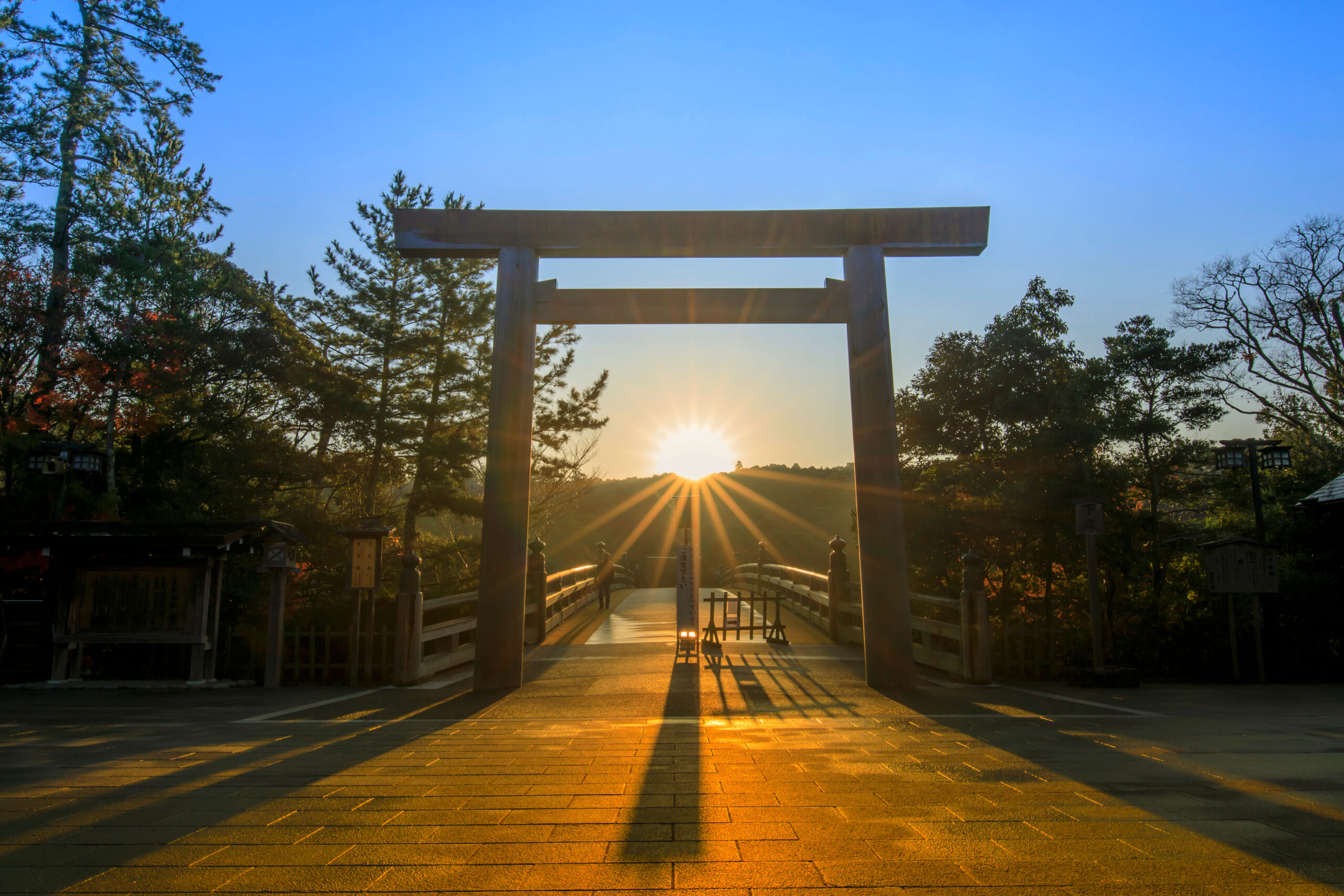For the Japanese, the name Ise carries a profound resonance. While it may not enjoy the global recognition of Tokyo or Kyoto, for those who wish to explore the spiritual essence of Japan, few destinations are as rewarding. Nestled in the southern part of Mie Prefecture, Ise has been revered for centuries as O-Ise-san, a place of pilgrimage and devotion. Here, beauty is not expressed through opulence but through simplicity, purity, and an enduring connection to nature.
Ise Jingu — The Spiritual Heart of Japan
At the center of Ise lies the Ise Jingu Grand Shrine, known simply as Jingu. With a history stretching back some 2,000 years, this sacred site enshrines Amaterasu Omikami, the sun goddess of Japan’s ancient mythology and the symbolic ancestor of the Imperial family. For the Japanese, Ise Jingu is not just a shrine but a kokoro no furusato — “the spiritual homeland of the heart.” More than eight million people make the journey here every year, seeking a sense of connection and renewal.
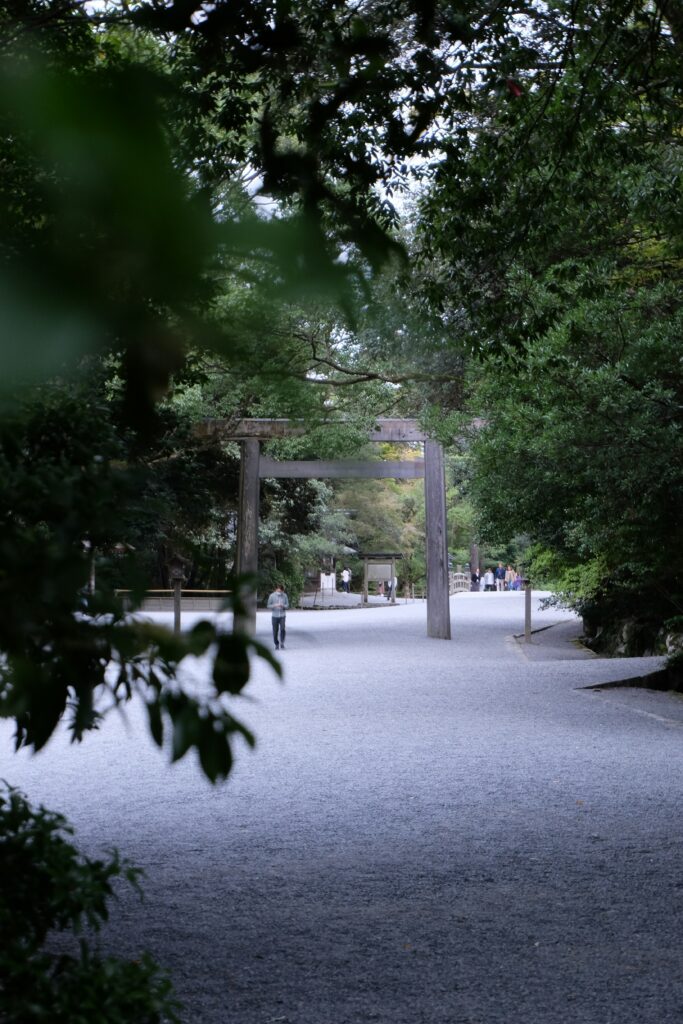
The shrine consists of two main sanctuaries. The Inner Shrine (Naiku) sits gracefully along the clear waters of the Isuzu River, where visitors pause to cleanse their hands before entering the grounds. The river’s gentle reflections and birdsong invite a stillness that seems to wash away the weight of daily life. The Outer Shrine (Geku), dedicated to the deity of food and abundance, lies a short distance away, and tradition dictates that one should visit Geku before Naiku.
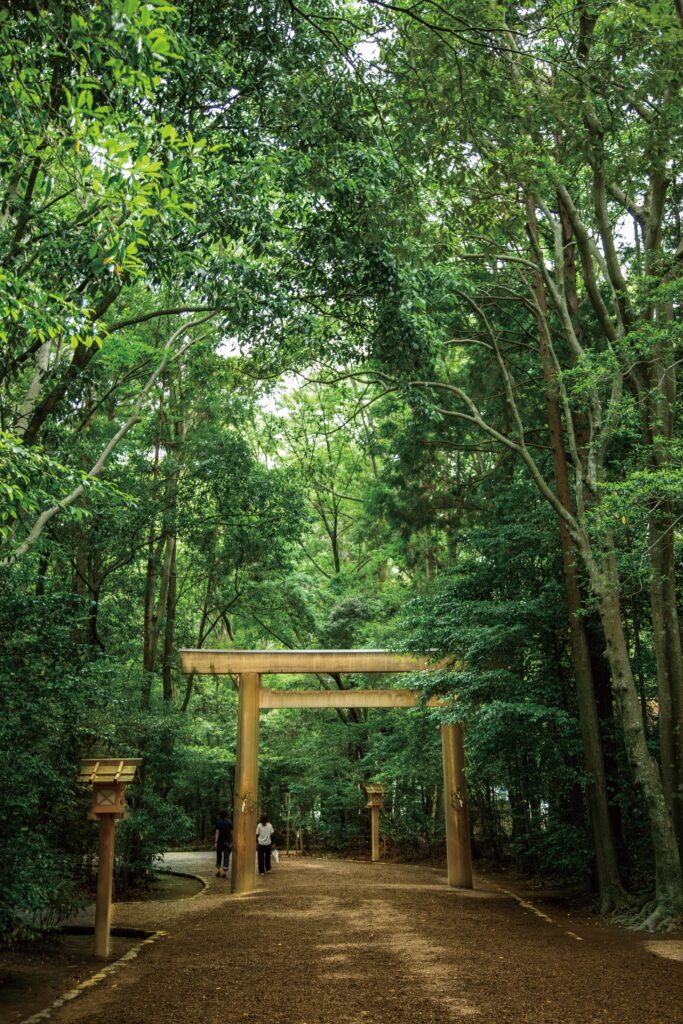
One of Ise’s most remarkable traditions is the Shikinen Sengu, the complete reconstruction of its main buildings every 20 years. This cycle, unbroken for over 1,300 years, ensures that the shrine remains eternally renewed while preserving ancient techniques and spiritual continuity.
The Isuzu River and the Magic of Morning
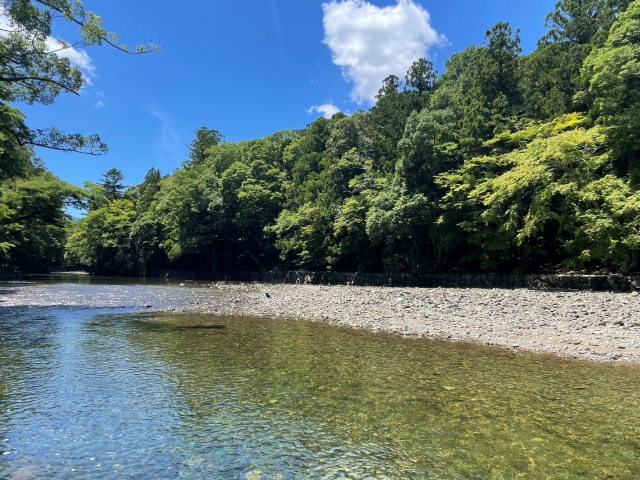
To truly appreciate Ise, rise early. The shrine grounds at dawn are cloaked in stillness, with only the rustle of leaves and the occasional cry of a bird to break the silence. The Isuzu River, shimmering under the first light of day, becomes a mirror of purity. Washing one’s hands in its cool waters feels less like a ritual and more like a symbolic reset — a quiet ceremony to begin the day anew.
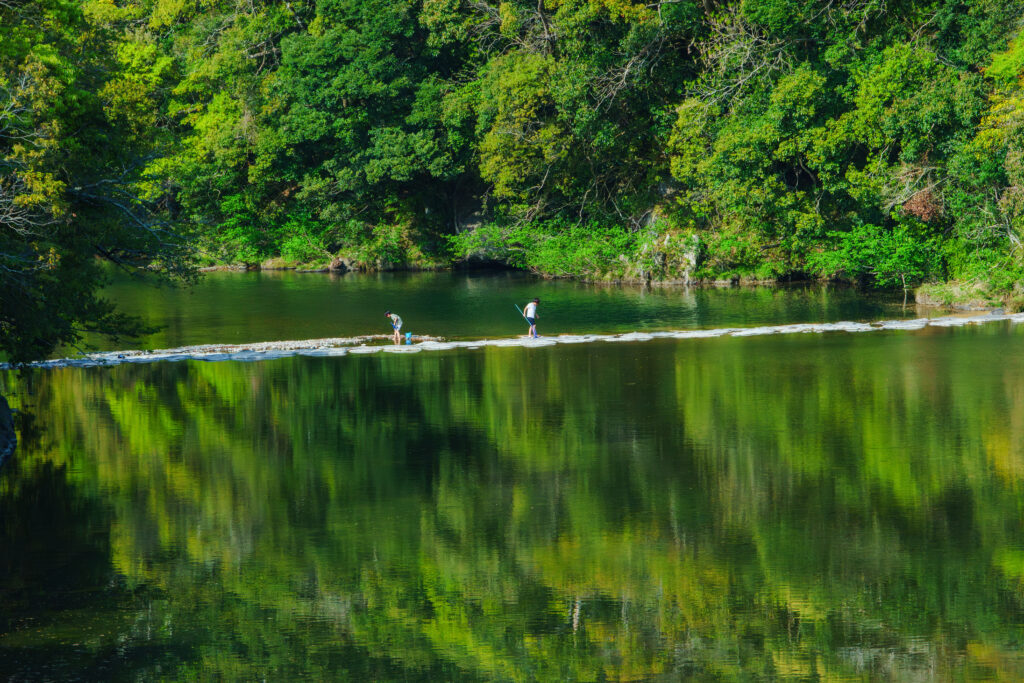
A morning stroll here is a rare luxury in the modern world: a moment of digital detox, where time slows and the forest itself seems to breathe with you. It is a space where nature, spirituality, and serenity intertwine, leaving visitors deeply refreshed.
Access and Stay

Reaching Ise is surprisingly straightforward:
- From Tokyo, the Shinkansen (bullet train) to Nagoya takes about 1 hour 40 minutes, followed by a 90-minute ride on the Kintetsu Limited Express — in total, just over 3.5 hours.
- From Osaka, a direct Kintetsu Limited Express train brings you to Ise in about 2 hours.
While day trips are possible, a stay of at least one night is highly recommended. Spending the night allows for an early morning visit, when the shrine reveals its most tranquil beauty. In the Oharaimachi and Okage Yokocho districts near the shrine, visitors can stroll through preserved wooden streets, taste traditional sweets like Akafuku mochi, or enjoy the hearty comfort of Ise udon noodles.
Destinations Nearby
Ise can be the highlight of a journey, but its surroundings are equally captivating.
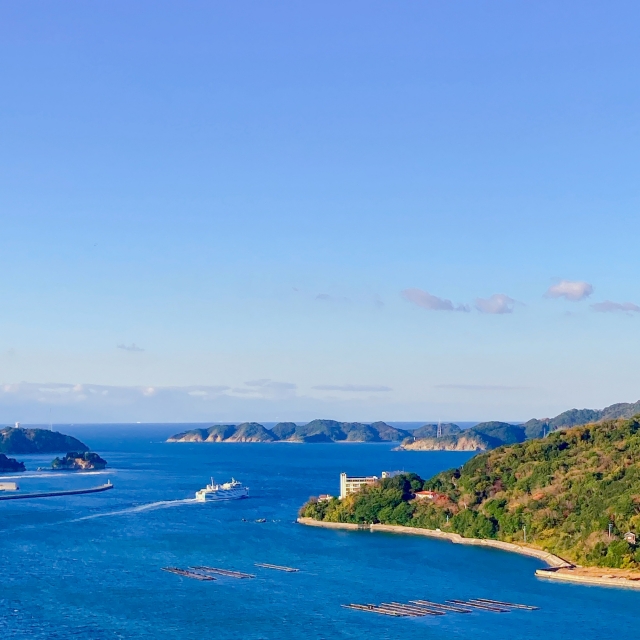
- Toba: Just 15 minutes away by train, this seaside town is known as the birthplace of cultured pearls and offers exquisite seafood and serene coastal views.
- Shima: About 30–40 minutes from Ise, Shima is home to the striking rias coastline of Ago Bay, with its intricate patterns of inlets and islets. The area gained global attention as the host site of the 2016 G7 Summit, and today it remains a discreet luxury resort destination.
A Different Kind of Journey
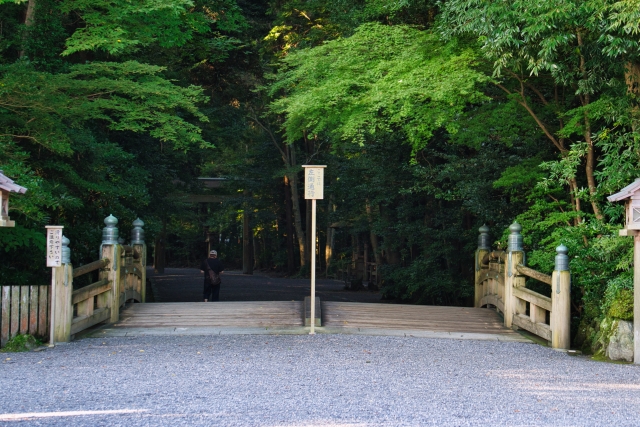
If Kyoto and Nara are journeys into history, Ise is a journey into the spirit. Its shrines are not gilded with ornate decorations but built with simplicity and restraint — embodying the Japanese ideals of purity, harmony, and subtle beauty. A visit to Ise is not about spectacle, but about reflection. It is a retreat from the noise of modern life, where one can pause, breathe, and rediscover inner balance.
Seasons and What to Wear

Each season transforms Ise in its own way:
- Spring: Blossoms and fresh greenery bathe the shrine in soft light.
- Summer: The deep green forests and the cool banks of the river offer refreshing relief.
- Autumn: Crimson leaves and clear skies create an atmosphere of clarity and beauty.
- Winter: The quiet is at its most profound, and the air feels sacred and still.
Comfortable walking shoes are essential, as the shrine grounds are vast and paths are often gravel. In summer, sun protection is recommended; in winter, warm layers are a must, as the early mornings can be quite brisk.
In Closing
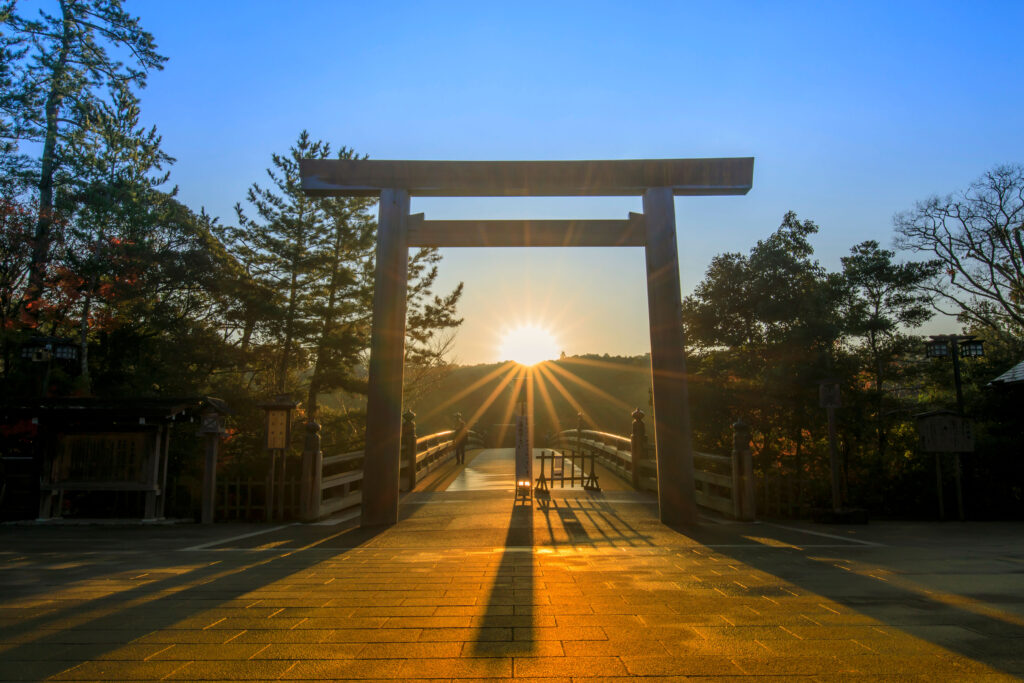
Ise is not about dazzling monuments or lavish displays — it is about rediscovering a sense of clarity. To walk along the Isuzu River at dawn, to breathe in the sacred forest, and to step away from the digital world, even briefly, is to encounter the essence of Japan itself. A journey to Ise is less about sightseeing and more about experiencing a quiet form of luxury: the luxury of stillness, simplicity, and renewal.

